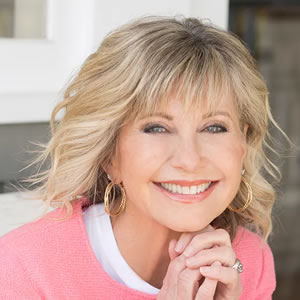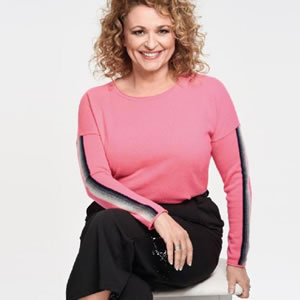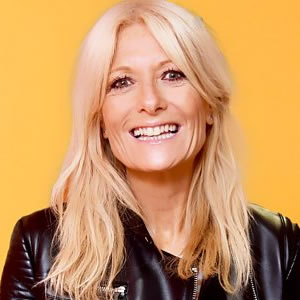What is homeopathy?
Homeopathy is a holistic alternative form of medicine, which dates back more than 200yrs. It is an energy medicine and so can be likened to Reiki or Acupuncture. It can be used safely for pre-conception, throughout pregnancy, labour, birth, and on newborns. It is also safe on children, elderly, animals, and plants!
The word Homeopathy originates from the Greek words: Homeo: same and Pathos: disease
Homeopathic remedies are given to ‘match’ the symptom picture of the patient. Often these are more like a caricature, much like Mickey Mouse is not an anatomically correct mouse.
How does homeopathy work?
The main principle is ‘like cures like’. Homeopath’s use something that causes a fever to treat a fever. For example Belladonna (Deadly nightshade) berries if ingested cause facial flushing and a fever. Belladonna the homeopathic remedy is commonly used to treat a fever. The dose makes the poison.
Homeopathy stimulates the body’s own self-healing ability, which we call the ‘Vital force’. In Chinese medicine it is called ‘Qi’ and in Ayurvedic medicine it is called ‘Prana’. Taking a remedy is like sending an energetic ‘email’ to the body asking it to heal itself.
Root Causes
We are looking for the ‘root cause’ of the issue, not aiming to simply put a sticky plaster on a broken leg. An example of this is if you went to your mechanic with an oil fault light on your dashboard. If he simply turned the warning light off (or removed the bulb) would this solve the problem, that your car needed oil? No! This is why we don’t suppress discharges or symptoms in homeopathy. Symptoms are messangers from the body to tell us about a deeper issue.
What is susceptability?
Ever notice that not everyone gets sick? Imagine working in an open plan office with several cubicles or desks. During the Autumn months, someone comes to work with a cough/cold. Nothing serious but a little irritating for you and them! With the air conditioning system and free movement in the office, the cough/cold soon spreads to your colleagues. But not all of them. Why is that?
What are the people who don’t ‘catch’ the cough/cold doing or not doing to make them more robust to these things? This concept is called susceptability and is a key component of homeopathy and how we diagnose.
Homeopathy Statistics:
200 million people worldwide use homeopathy. It is the No.1 system of medicine in India. There are at least 306 homeopathic hospitals in India. It is very popular in Europe especially in France where doctors prescribe this as an alternative to conventional medicine very readily. HRH King Charles III is the patron of the Society of Homeopaths.
Who invented homeopathy?
Samuel Hahnemann (1755-1843) was the German doctor who invented homeopathy.
He spoke 9 languages and was a translator before successfully obtaining his medical degree in 1779. He strongly objected to the medical practices of the time such as blood letting, use of leaches, purging using emetics, and toxins like mercury or arsenic.
He hypothesized that very small amounts of physical substances could also have a positive effect on healing people. The dose makes the poison, so how low a dose could still have a positive effect?
He tested this theory on himself using Cinchona bark from the Peruvian tree. This bark contains quinine and is still used to treat malaria today. He super-diluted the bark using his serial dilution and succussion method. He found this produced ‘malaria-like’ symptoms in his previously healthy body. Hence his main principle of ‘like cures like’. Remedies are still tested today on healthy human volunteers, not animals, and this process is called a ‘proving’.
Other homeopathic ‘laws of cure’ were founded by a much respected homeopath Herring (1800-1880), who was an early pioneer of homeopathy in the USA. They are:
- Healing occurs from the top to bottom of the body.
- From within to outwards.
- From the most important organ to the least important.
- In reverse chronological order of the appearance of symptoms.
The history of Homeopathy
Famous People who use Homeopathy
How are homeopathic remedies made?
There are two ways to make homeopathic remedies. The original way that Hahnemann himself made them was by a method of serial dilution.
A Mother tincture of the original substance is made by grinding or mashing it down in a mortar and pestle. Alcohol and/or water are added to make the Mother tincture.
1 drop of this Mother tincture is then added to 99 drops of distilled water, and then the bottle is ‘banged’ on a firm surface such as a table. This is called ‘succussion’. This process means the mother tincture has been diluted to the power of 100. The strength or ‘potency’ here is 1c (1 centennial).
1 drop of the 1c potency is then added to 99 drops of distilled water, and ‘succussed’ on a table. When this process is repeated 6 times, you reach a 6c potency. At this point, you have gone past Avogadro’s constant. This means that there are no molecules left of the original Mother tincture.
The second way is by using a radionics machine. This uses a frequency modulating chip to make remedies. This machine is akin to a microwave cooking food versus an oven. An oven heats food externally to cook it. A microwave produces EMF waves to vibrate the water molecules at the ‘microwave frequency’ so they produce heat and this cooks the food. Hence why you can sometimes get unevenly heated food from the microwave. The radionics machine sends a signal to the sugar balls/water to vibrate at the choosen remedy and potency frequency e.g. Arnica 30c. Comination remedies can also be made in the machine.
Common potencies for homeopathic remedies are:
6c, 30c, 200c, 1M (1000c), and 10M (10,000c). The lower numbers indicate a lower potency and are commonly used for physical ailments. As the numbers rise, and become more dilute from the Mother tincture, the potency increases. These higher potencies are used for mental/emotional issues generally.
Where are the remedies obtained from?
There are 3 main kingdoms where homeopathy obtains its remedies: Animal, Plant and Mineral kingdoms. For example,
Lachesis is made from Bush Master snake venom
Pulsatilla is made from Wind Flower
Silica is made from pure flint.
Does Homeopathy Interact with Medication?
Benefits of using a homeopath
There are many reasons to consider using a homeopath to treat your minor ailments or alleviate your symptoms.
Completely safe and drug free
Homeopathic remedies are completely safe and drug free, there are no side effects. You can also take them alongside your regular medication.
Easy appointments to be seen quickly
Easily make an appointment and be seen quickly, especially if you have a minor ailment. I can usually see you within a couple of days. No need to wait for weeks for a doctor’s appointment or spend hours waiting in A&E.
Minimum 1 Hour appointment
Quality treatment time dedicated to you. You get at least 1hr with me to help for a long-term chronic condition, compared to around 7 minutes with your GP.
Treatment is tailored to you
Treatment is tailored to you. Homeopathy is a holistic therapy and looks at how you feel emotionally, as well as physically. Treatment is tailored to the individual, it’s not one-size-fits-all. You may be prescribed different remedies for the same condition as someone else.
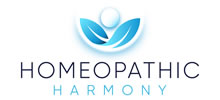
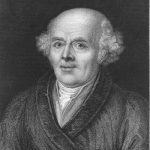 1755 Samuel Hahnemann. Born in Meissen, Germany.
1755 Samuel Hahnemann. Born in Meissen, Germany.
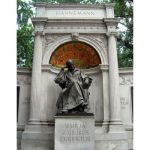 of Samuel Hahnemann erected in Scott’s circle, Washington DC as a gift from the American Institute of Homeopathy.
of Samuel Hahnemann erected in Scott’s circle, Washington DC as a gift from the American Institute of Homeopathy.




